Your Cart is Empty
SHOP KNIVES

What is a Karambit Knife - Does It Good for Self-Defense?
February 12, 2024 5 min read
A Karambit knife, originally from Southeast Asia, is a distinctive, curved blade resembling a tiger's claw. It is designed for precision and versatility and offers exceptional grip through its finger hole, allowing for various handling techniques.
Historically used for agricultural purposes, it has evolved into a famous martial arts and self-defense tool. The unique shape of the Karambit knife provides advantages in close combat, making it practical for slicing, hooking, and controlling movements.
When considering "what is a Karambit knife," it's essential to recognize its potential as a self-defense weapon due to its ergonomic design and lethal efficiency.
What is a Karambit Knife?
A Karambit knife is a curved blade from Southeast Asia designed for grip and versatility. It features a unique shape ideal for close combat, slicing, and hooking, making it a preferred choice for self-defense and martial arts.
What Type of Knife is a Karambit?
Typically, the Karambit is carried with its blade facing upwards, positioned on the inside of the wrist, although it can also be found worn on the outside in some instances.
Drawing the Karambit involves grabbing the ring (for models with double edges) or the blade (for those with a single edge) and flicking it outward, a motion reminiscent of opening a butterfly knife.
Nevertheless, deploying a Karambit may not be as quick, given its design is intended for use alongside punches, hand strikes, and other weaponry suited for close combat.
The Karambit is often wielded in a reverse grip, meaning the sharp edge points inward towards the user's forearm, with the blade aligning with the base of the pinky finger.
Various grips can be employed to hold the knife, including a standard technique that resembles holding a pen or dagger, using one or both hands for control.
What is the Use of the Karambit Knife?
The Karambit knife, deeply rooted in Indonesian culture, is a tool of heritage and a versatile instrument adapted for contemporary use.
Its unique design, characterized by a curved blade and a ring for finger placement, ensures a secure grip for various tasks, blending traditional uses with modern demands.
- Self-defense: Its ergonomic design and secure grip make it highly effective for personal protection, adhering to its historical martial applications.
- Martial arts: The knife is a crucial training tool in martial arts, emphasizing technique and control.
- Utility tasks: From opening packages to skinning fish and landscaping, the Karambit is a go-to tool for everyday tasks, showcasing its adaptability.
- Agricultural use: It continues to be used in agricultural settings, reminiscent of its origins, for harvesting and cutting through plant material.
- Safety and control: The signature ring on the finger prevents the hand from slipping and reduces the risk of self-injury, making it particularly useful in conditions where grip might be compromised, such as in wet or cold environments.
Is the Karambit Knife Ideal for Self-defense?

For those well-versed in its use, the Karambit offers a significant tactical advantage over adversaries. Its design allows for better control and a wider array of attacking and defensive maneuvers than traditional knives, making it a safer option in combat scenarios.
It's widely acknowledged that underestimating this knife can be a mistake, as its ingeniously crafted shape seems tailor-made for the user's hand, often catching opponents off guard who might not perceive it as a threat.
Primarily favored by fighters who engage at close to medium distances, the Karambit's effectiveness is enhanced by its curved design. Originally featuring a fixed blade, the availability of a folding version in the United States today is credited to Steve Tarani's efforts in persuading knife makers to expand their design options.
Advantages of a Karambit Knife in Self-defense
Deep Penetration Capability
A key benefit for self-defense is the Karambit's curved blade, designed for slicing movements that can penetrate through clothing and skin effectively, making it formidable against attackers, even those with protective gear.
Enhanced Control and Precision
The Karambit's unique grip, facilitated by the hole in the handle for the index finger, offers superior control and precision. This design allows users to wield the knife with exceptional talent, enabling precise strikes and better defense against multiple adversaries or in disarming situations.
Versatile Use
Its distinctive shape makes the Karambit knife versatile and suitable for offensive and defensive actions. The blade's curve is ideal for slashing, while its tip is perfect for stabbing, offering multiple ways to confront an assailant.
Ideal for Close-Quarters Combat
Due to its compact size and agility, the Karambit excels in confined spaces like alleys or stairwells, where larger weapons would falter. It enables rapid neutralization of threats, providing a chance to escape or seek help.
Caution and Training
Employing a Karambit knife for self-defense is a serious decision and should be a last resort. Avoiding danger and seeking professional help is paramount. Furthermore, proper training is crucial to ensure safe and effective use, as mishandling can lead to unintended harm.
Techniques of using a Karambit Knife

Navigating the use of a Karambit knife requires skill and understanding. Here are some strategies for deploying a Karambit knife effectively in self-defense scenarios:
Adopting the Forward Grip
The forward grip stands as the primary method for handling a Karambit knife.
- Engage this grip by threading your index finger through the handle's hole and encircling the handle with your other fingers.
- Position your thumb atop the blade, ensuring the blade's curve faces outward from your wrist.
- Employ a slicing motion directed at critical regions such as the neck, face, or abdomen for effective strikes.
Utilizing the Reverse Grip
The reverse grip is an alternative stance for wielding a Karambit knife.
- This grip is established by laying your index finger along the blade's spine, securing the handle with your remaining fingers, and placing your thumb over the blade for control.
- This grip excels in close combat, facilitating swift, potent jabs toward an adversary's torso. It's crucial to orient the blade outward to prevent self-injury during combat.
Implementing the Hooking Technique
The hooking technique is a defensive maneuver, leveraging the Karambit knife's curved edge to catch an attacker's limb or weapon.
- Execute this by adopting a forward grip and, as the attacker launches an assault, ensnare their wrist or forearm with your blade, destabilizing them.
- This move can lead to a counterattack or provide a chance to flee.
Safety Precautions to Carry a Karambit Knife
- Secure Handling: Always grasp the karambit knife by the handle, not the blade, to prevent cuts. Use the ring for additional control and safety.
- Proper Storage: When not in use, store the karambit in a sheath or protective case to avoid accidental injury and protect the blade's integrity.
- Safety Gear: Wear appropriate safety gear, such as cut-resistant gloves, during practice or when handling the knife for extended periods.
- Awareness of Surroundings: Be conscious of your surroundings and ensure adequate space when drawing or practicing with the karambit to prevent endangering others.
- Training: Seek professional training to learn the correct techniques for handling, drawing, and using a karambit knife safely and effectively.
- Legal Compliance: Familiarize yourself with local laws regarding the carrying and use of knives to ensure compliance and avoid legal issues.
- Regular Maintenance: Keep the karambit knife clean and sharp; a well-maintained blade is safer as it requires less force to cut.
- Avoid Carrying Exposed: When carrying a karambit, ensure it is properly concealed and secured to prevent accidental exposure or injury.
Conclusion
The Karambit knife, with its rich Southeast Asian heritage, offers a unique blend of functionality, safety, and tactical advantage. Embracing proper techniques, safety precautions, and legal compliance is crucial for its practical use. The Karambit remains a versatile and formidable tool for self-defense, martial arts, or utility tasks.
RELATED ARTICLES
Subscribe
Sign up to get the latest on sales, new releases and more …

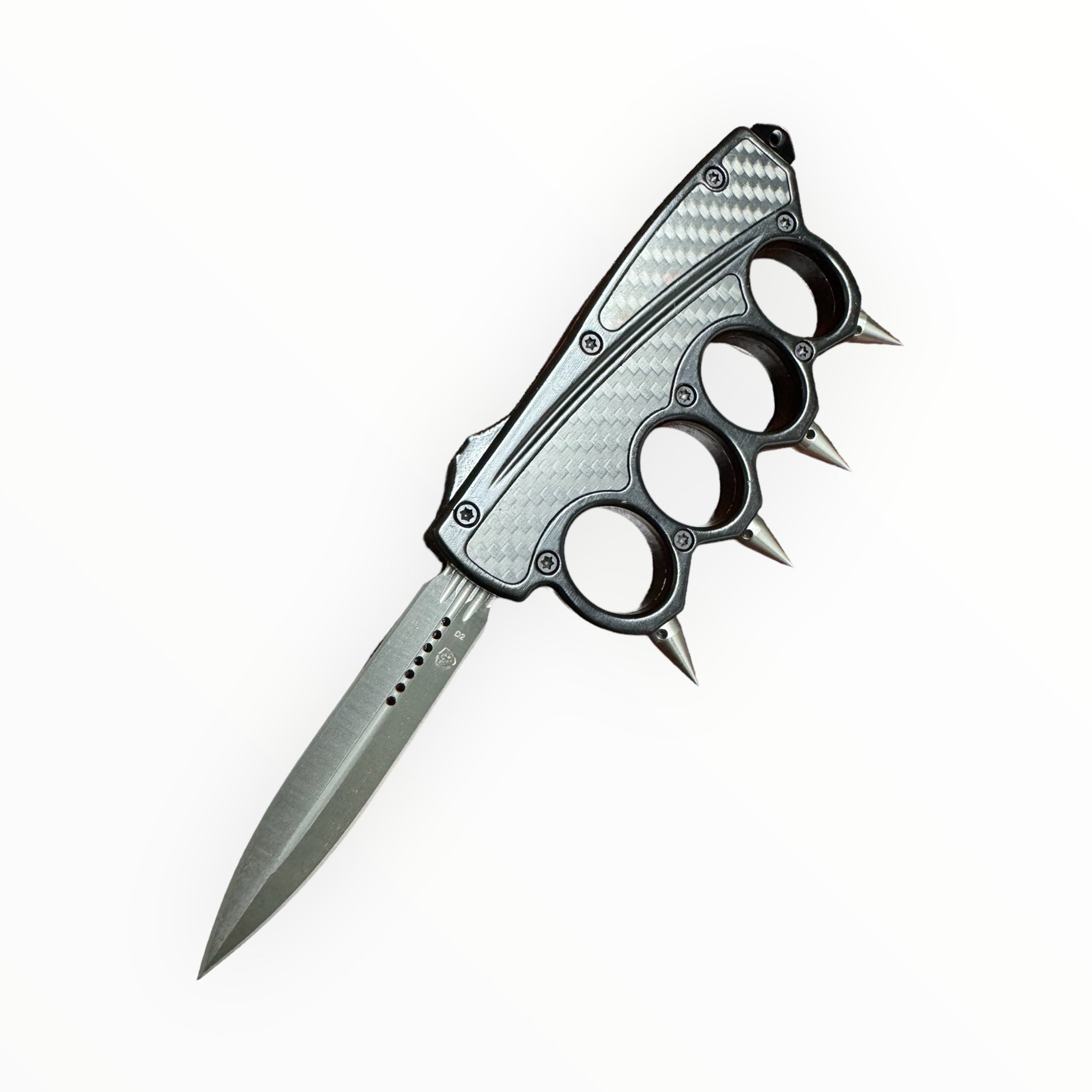 B/Knuckles
B/Knuckles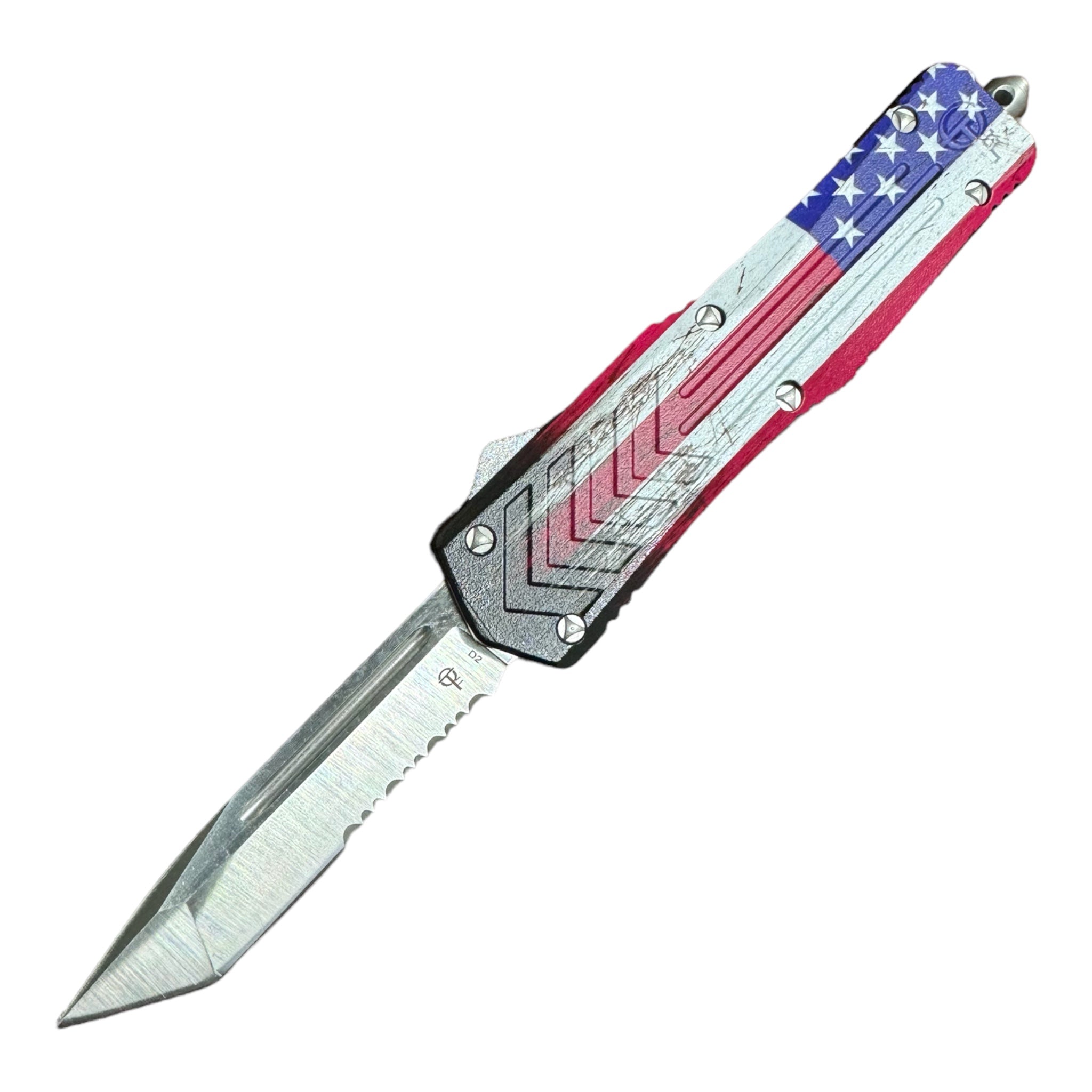 Custom Ranger
Custom Ranger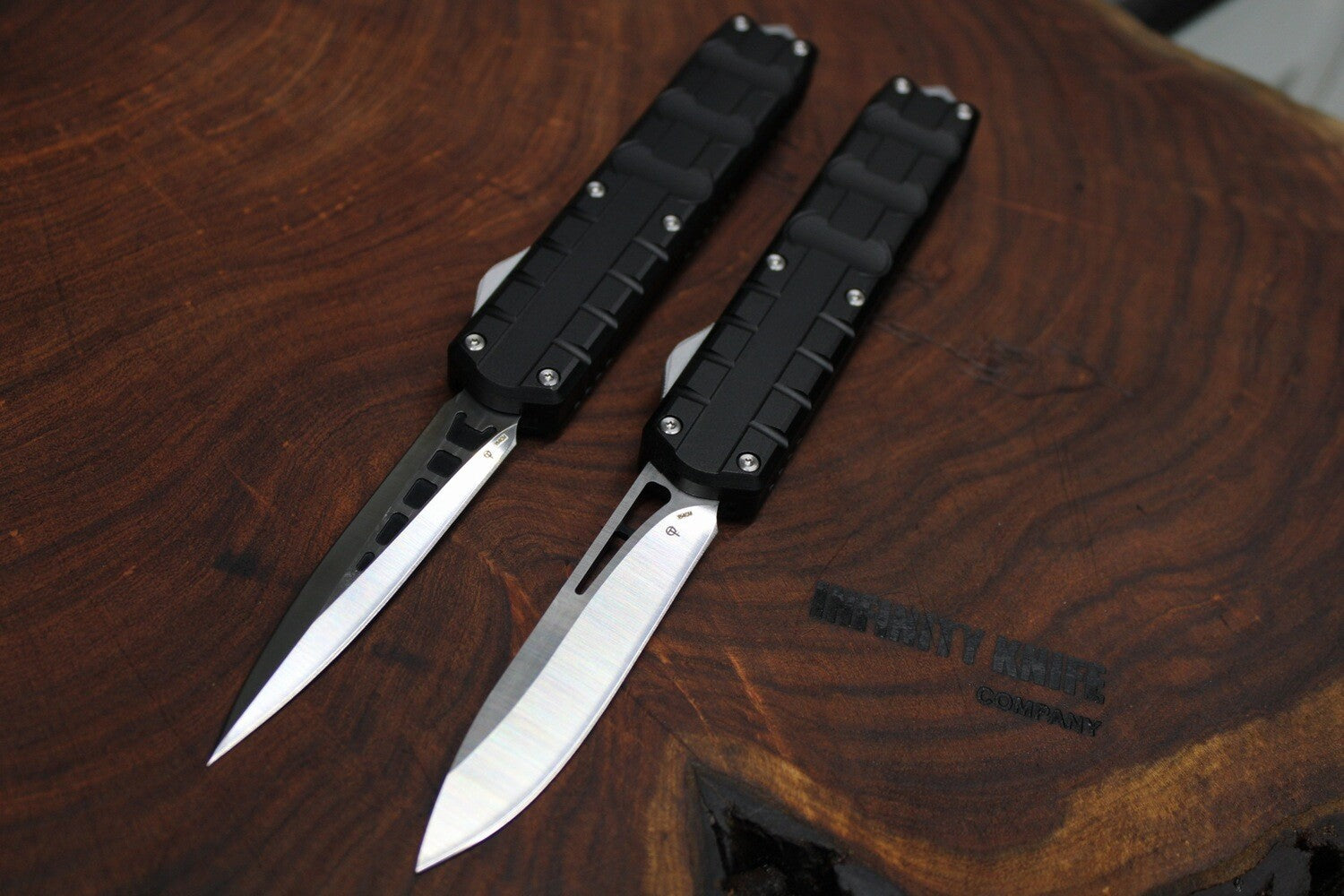 DESERT STORM
DESERT STORM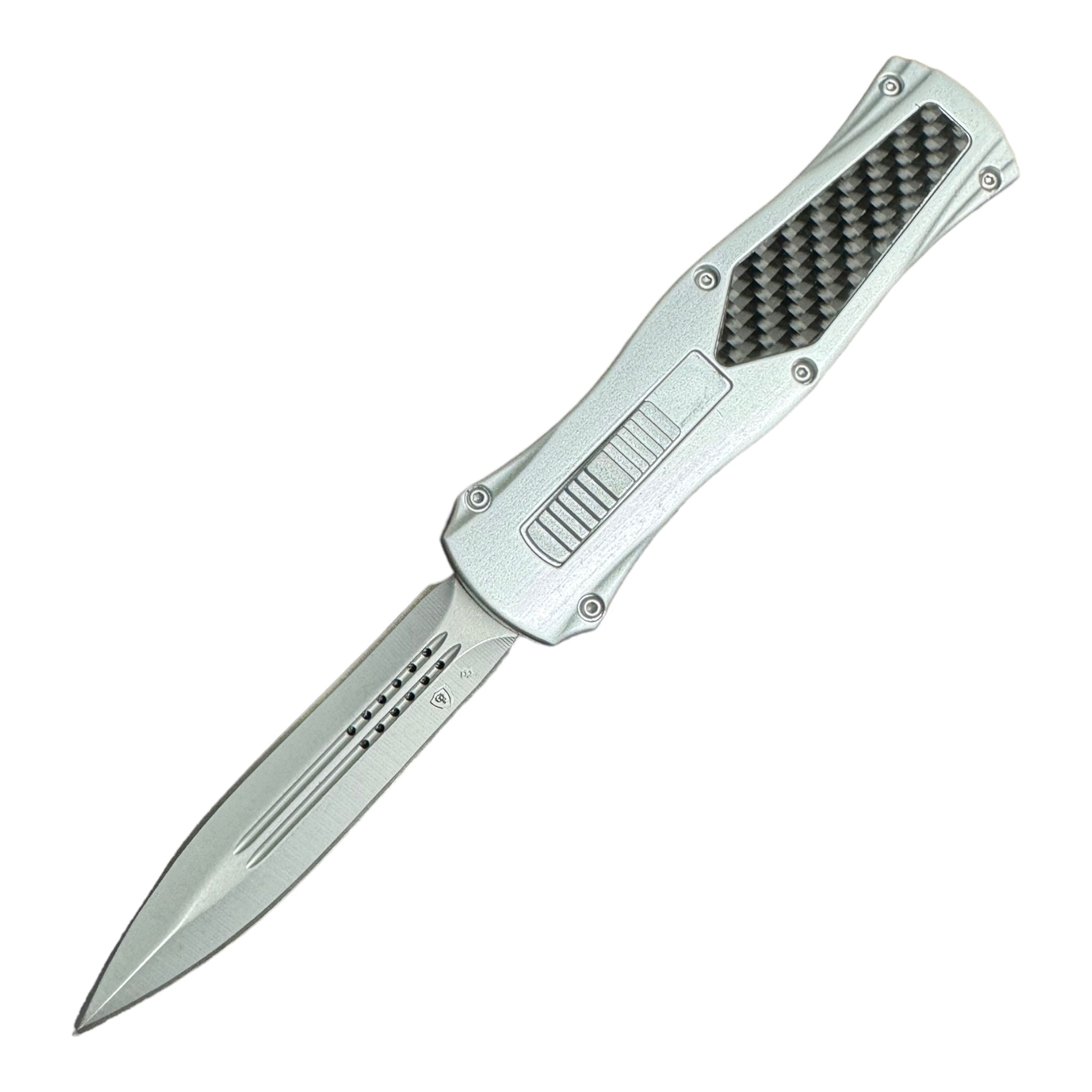 EXCALIBUR
EXCALIBUR First Responders
First Responders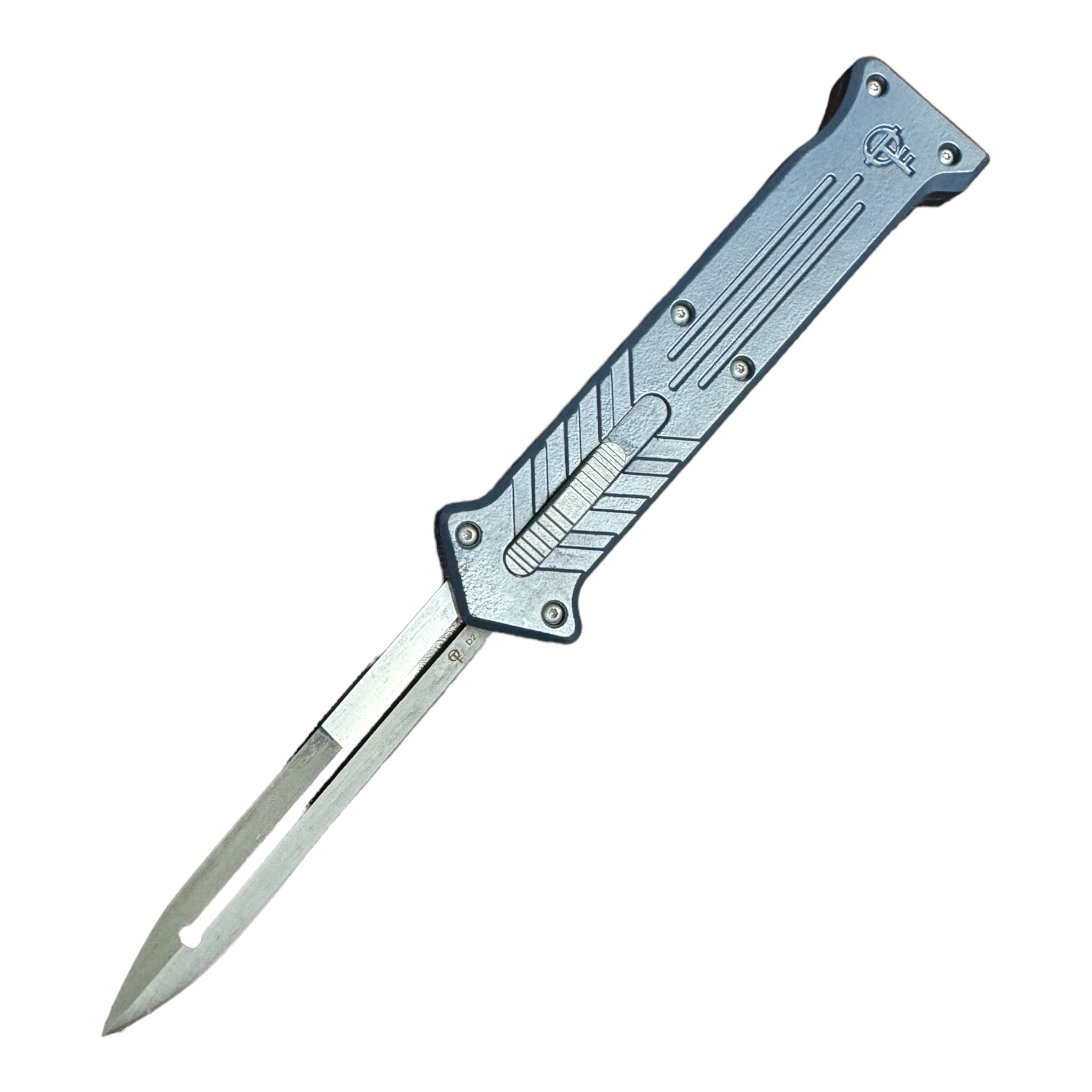 THE JOKER
THE JOKER CLASSIC
CLASSIC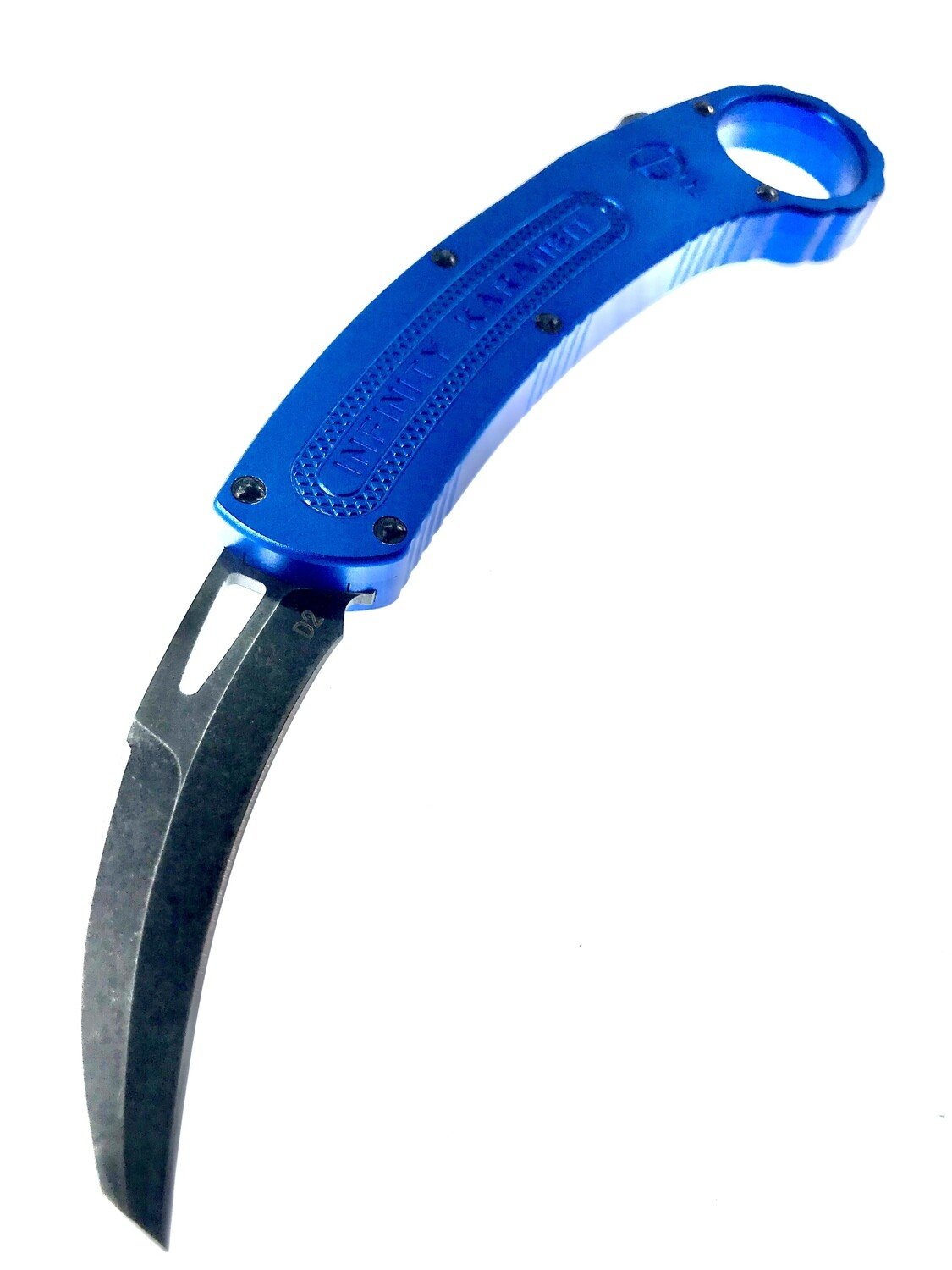 KARAMBIT
KARAMBIT HEXIGON
HEXIGON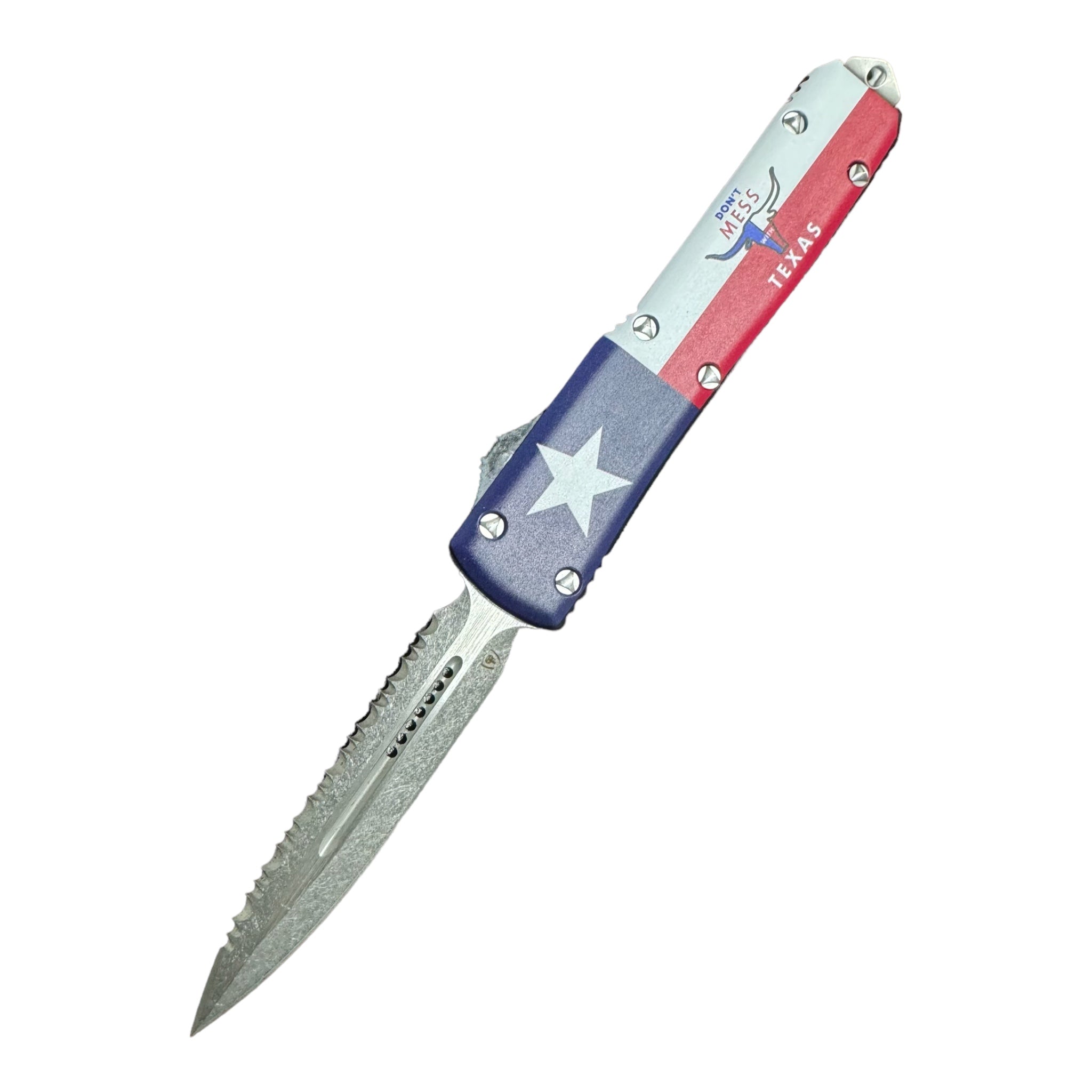 TEXAS COLLECTION
TEXAS COLLECTION STRYKER V2
STRYKER V2 STRYKER V1
STRYKER V1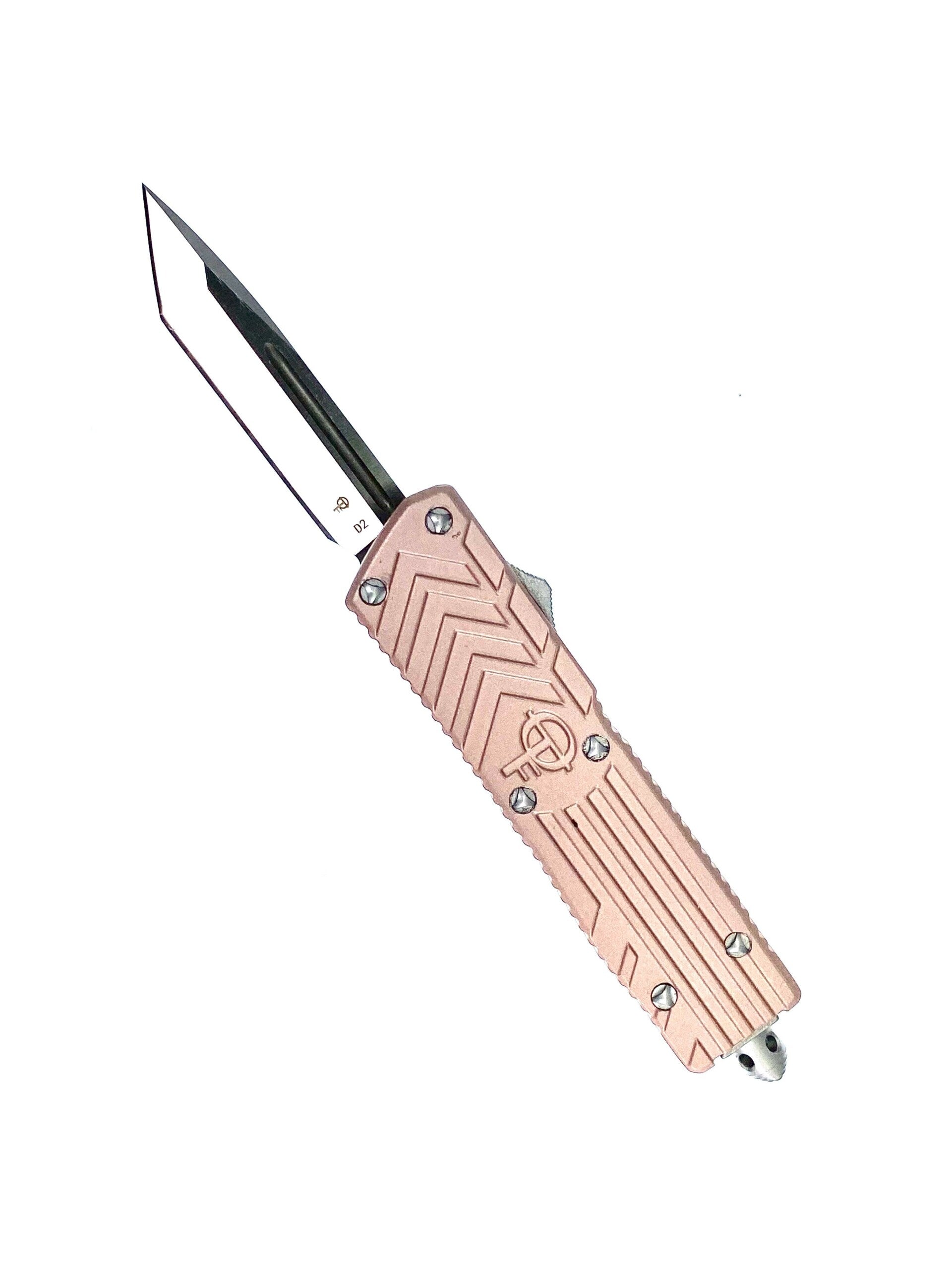 STRIKE FORCE GEN4
STRIKE FORCE GEN4 STRIKE FORCE GEN3
STRIKE FORCE GEN3 STINGERS
STINGERS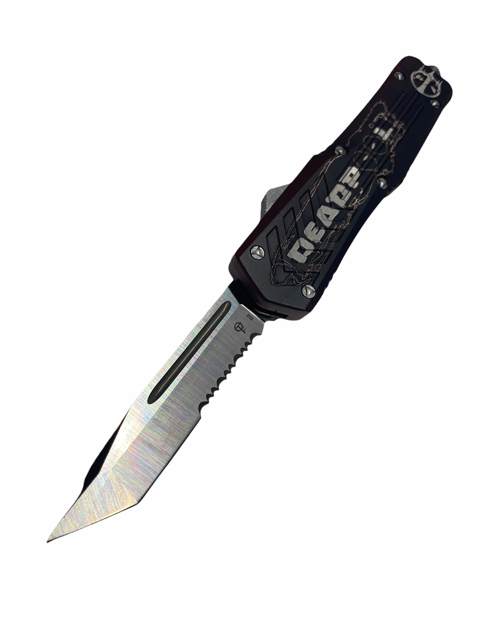 SPECIAL EDITIONS
SPECIAL EDITIONS SLIDEFIRE
SLIDEFIRE RANGERS
RANGERS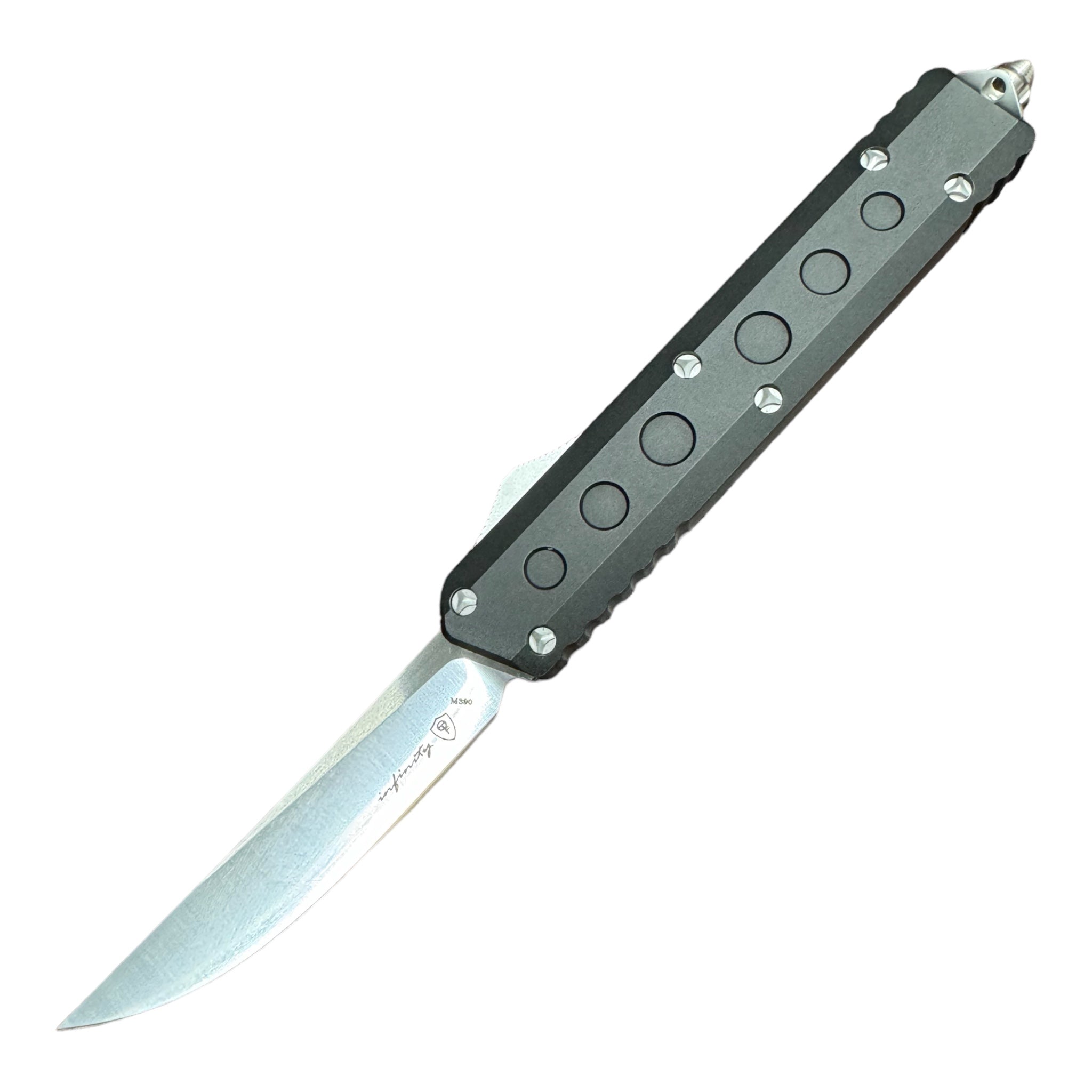 REAPER
REAPER MINI MICRO
MINI MICRO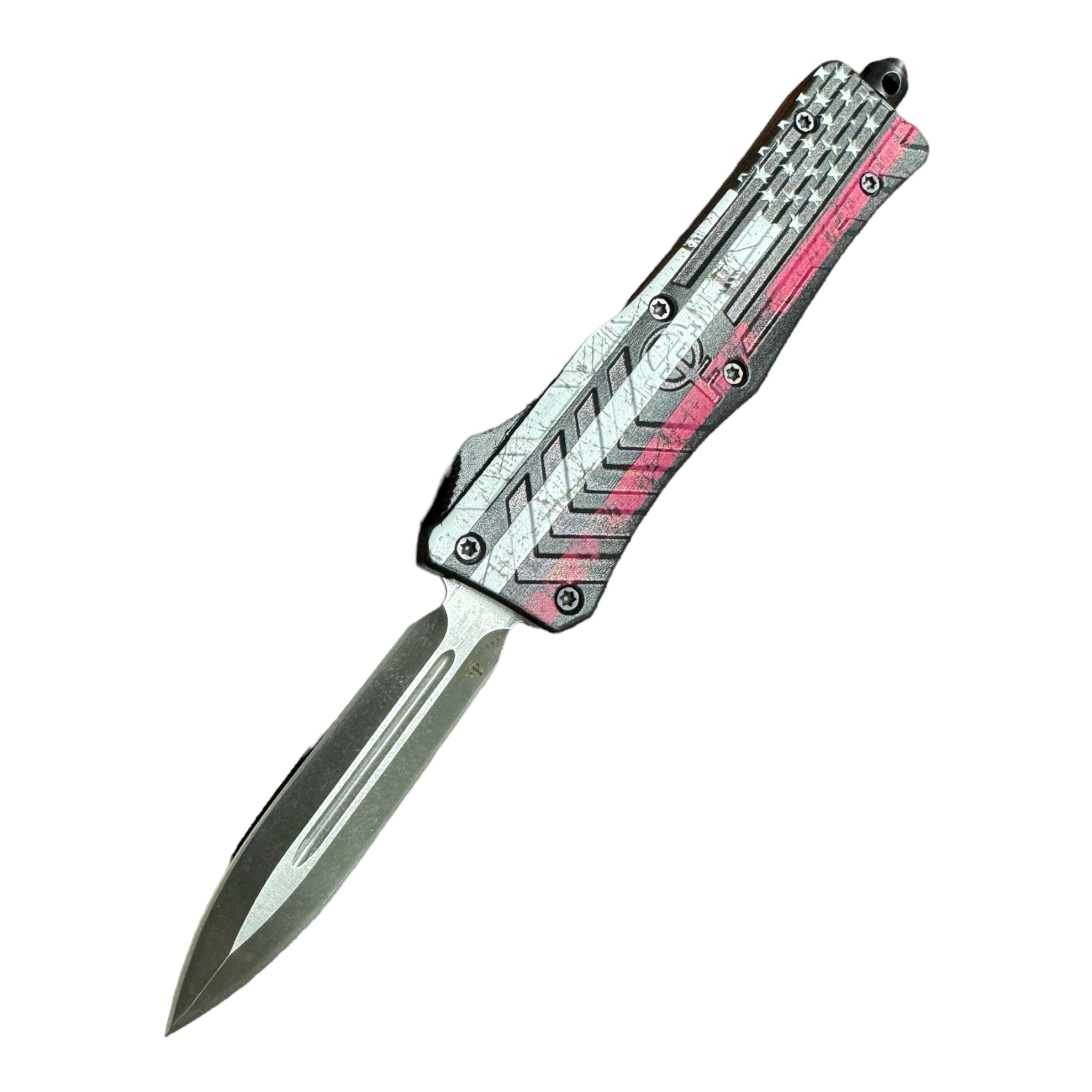 Redline | Blueline
Redline | Blueline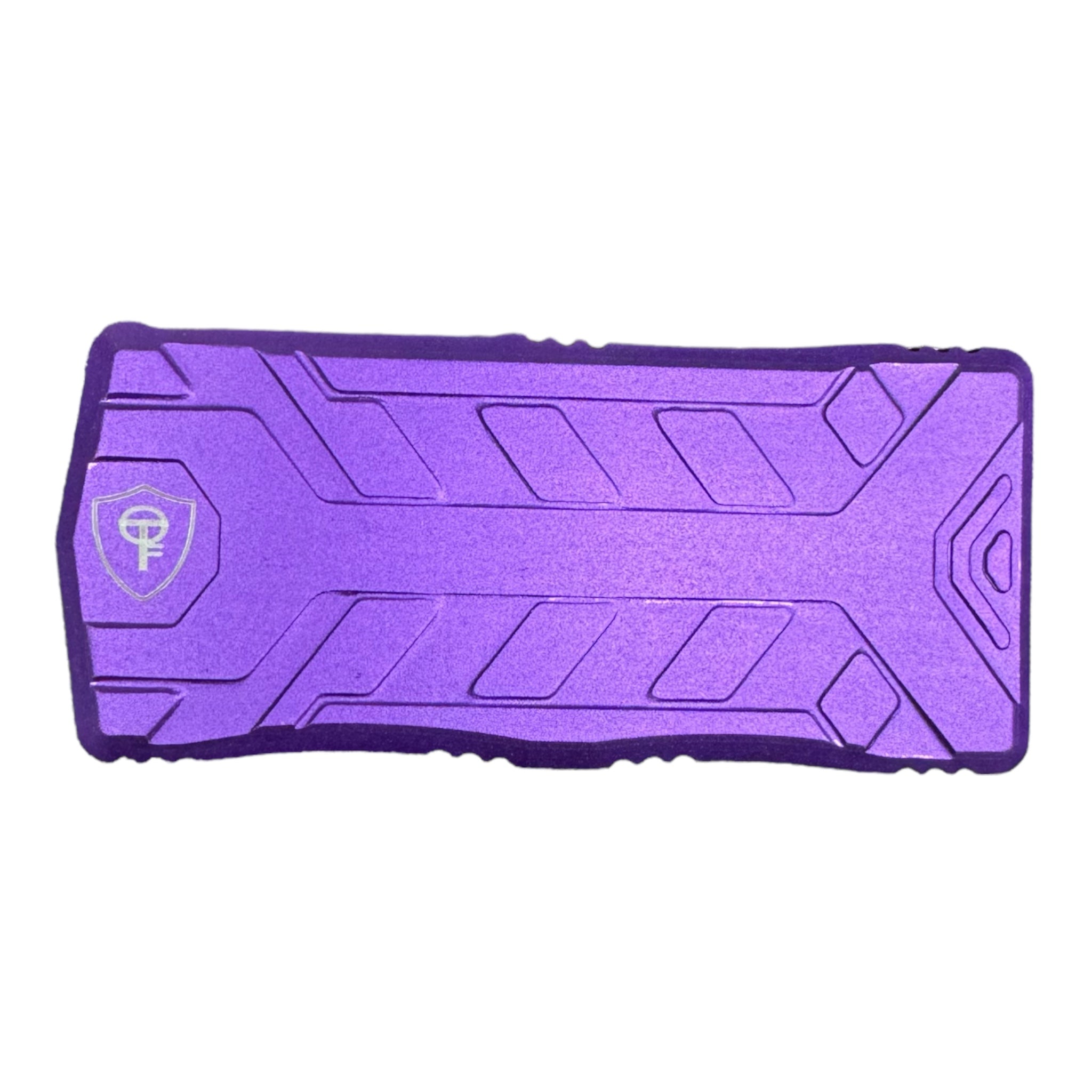 RAZOR
RAZOR PREDATOR
PREDATOR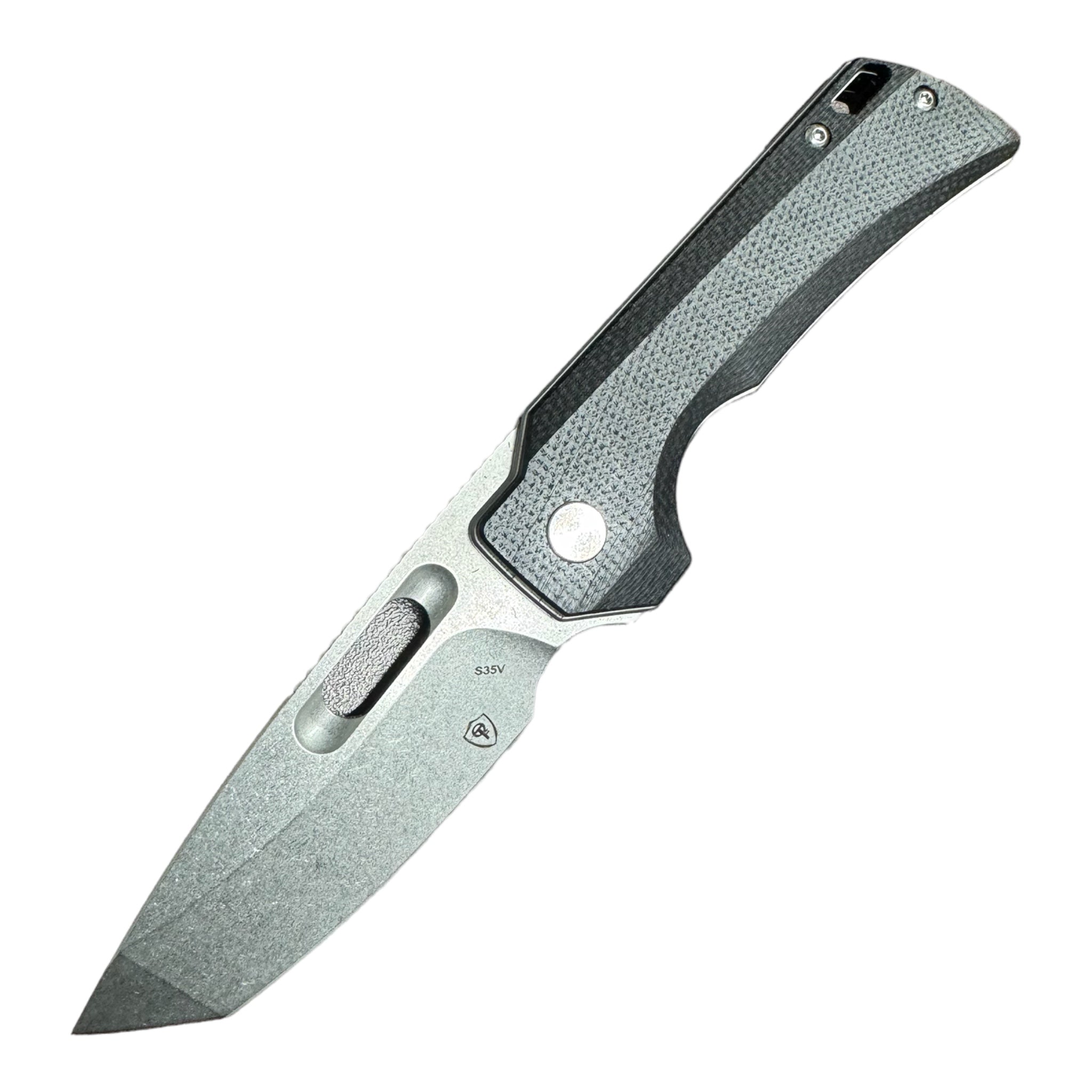 PREDATOR2
PREDATOR2 NOMADS
NOMADS NOMADICS
NOMADICS Mastodon
Mastodon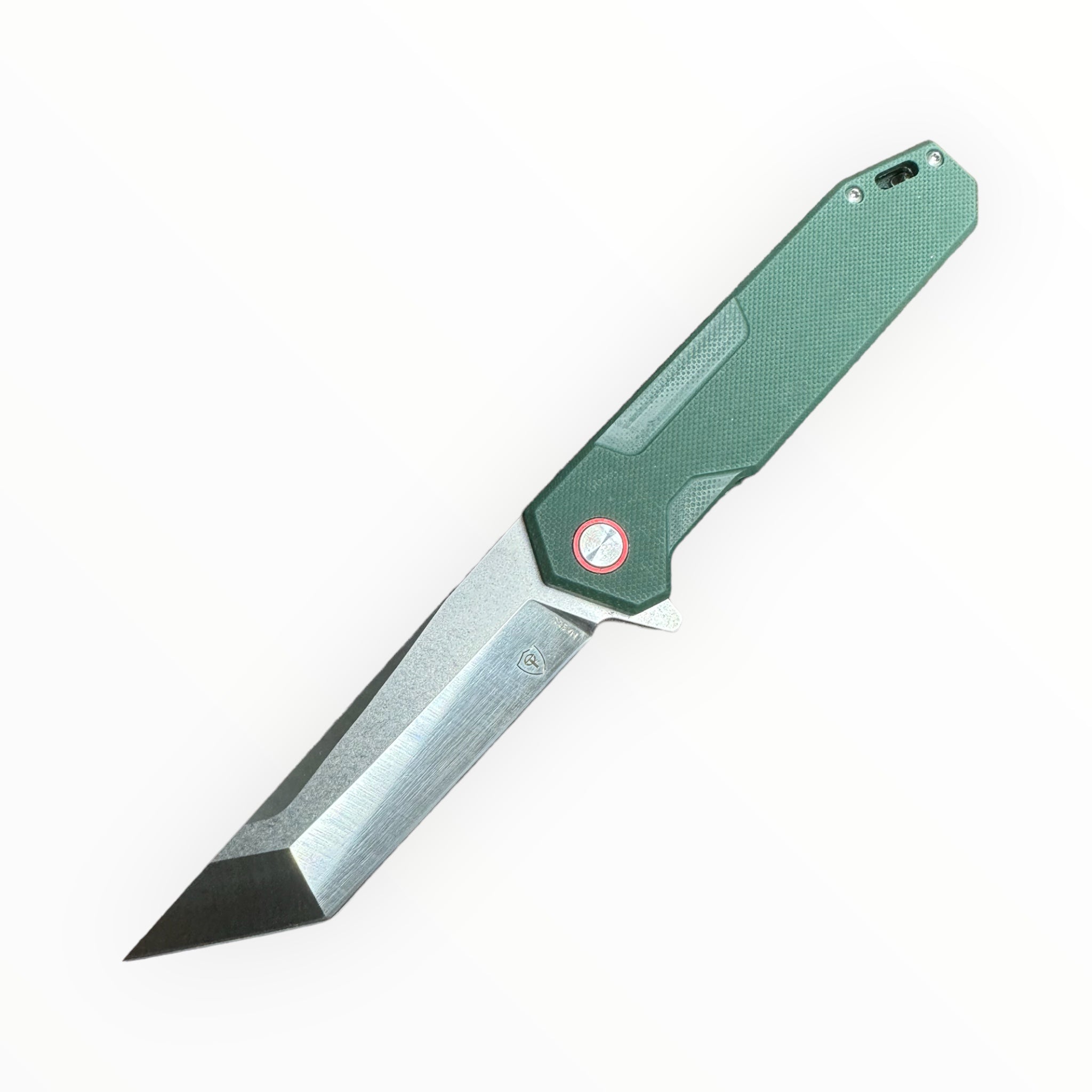 Terminator
Terminator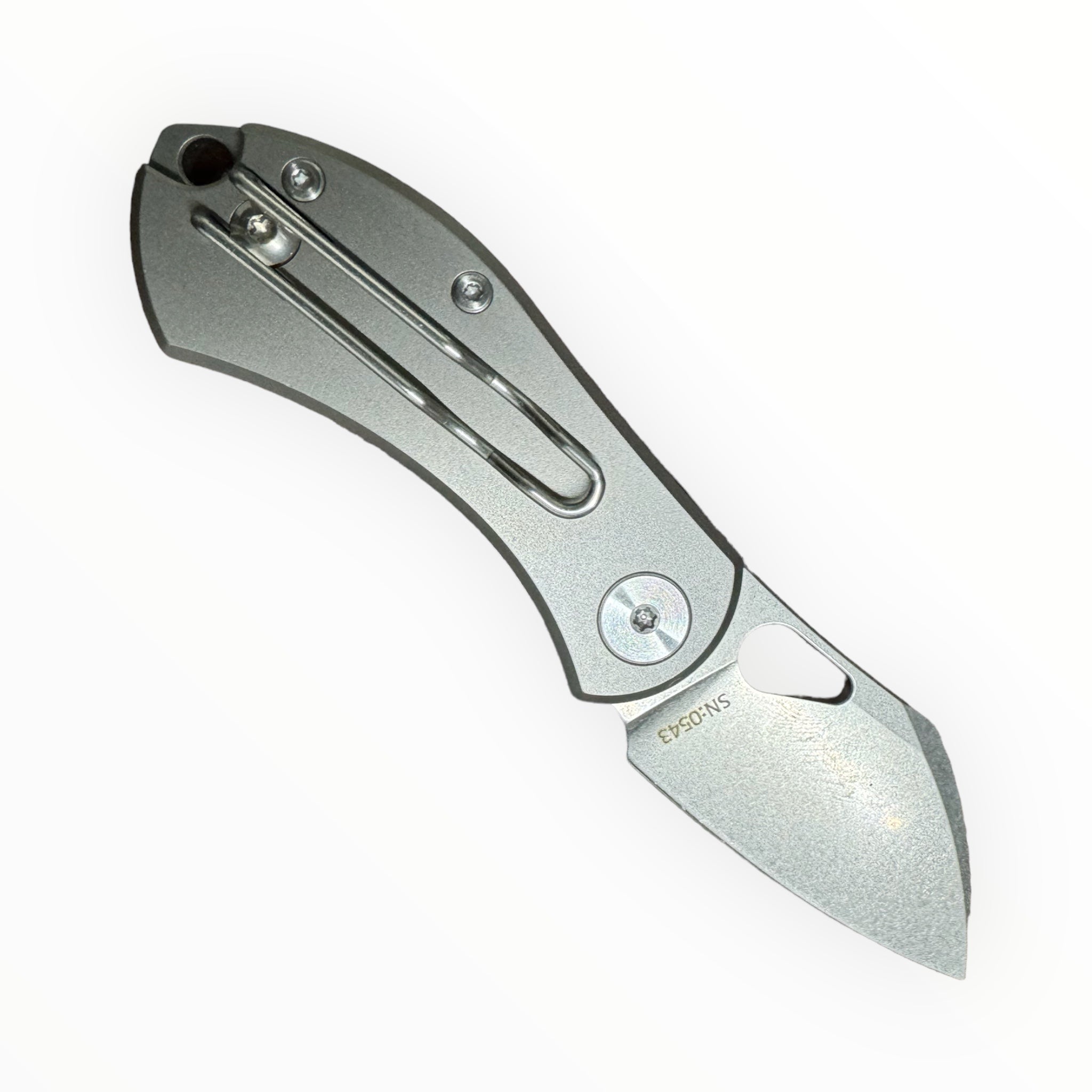 The MOUSE
The MOUSE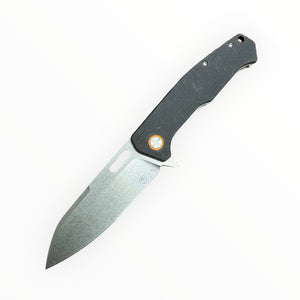 ORCA
ORCA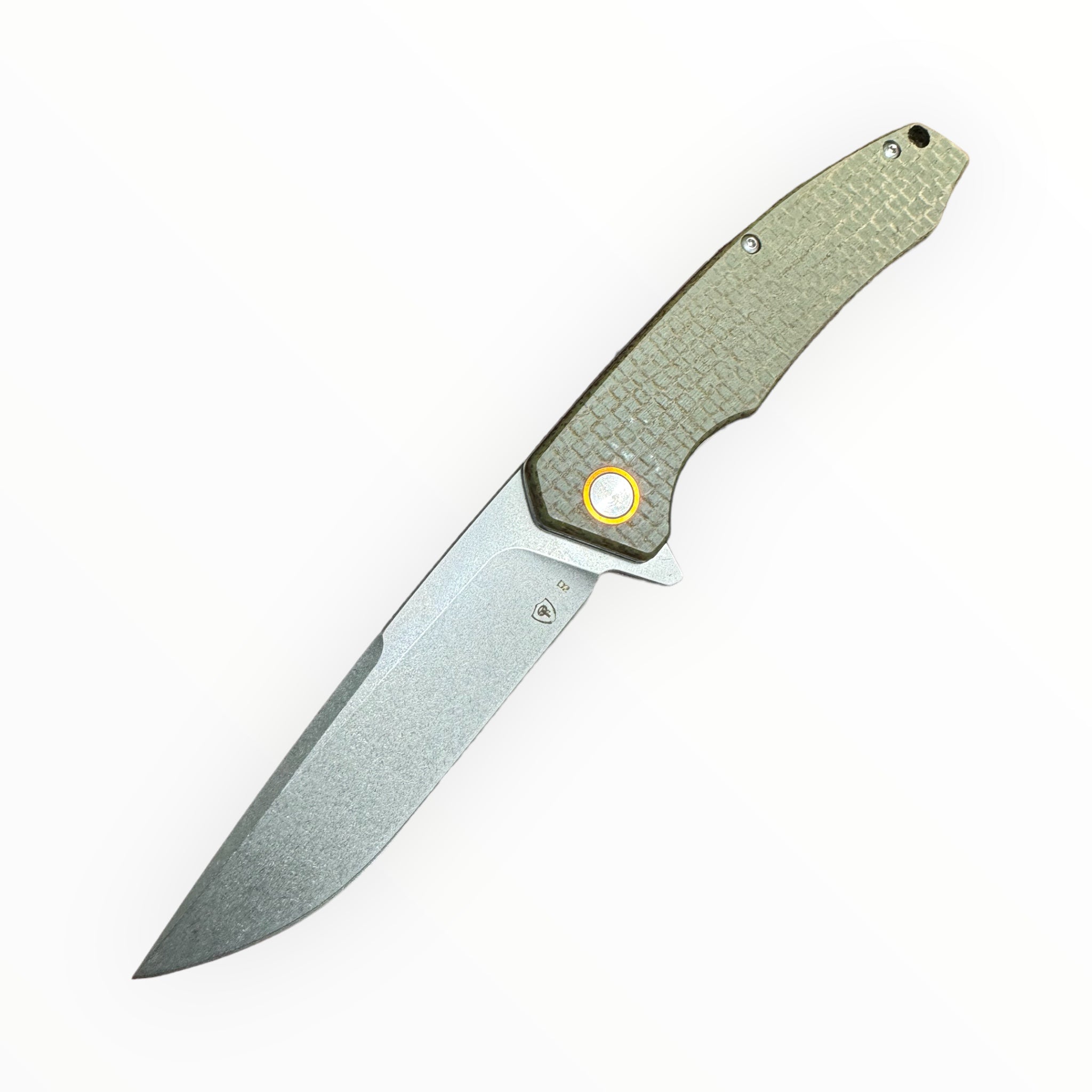 Eother
Eother Desert Shield
Desert Shield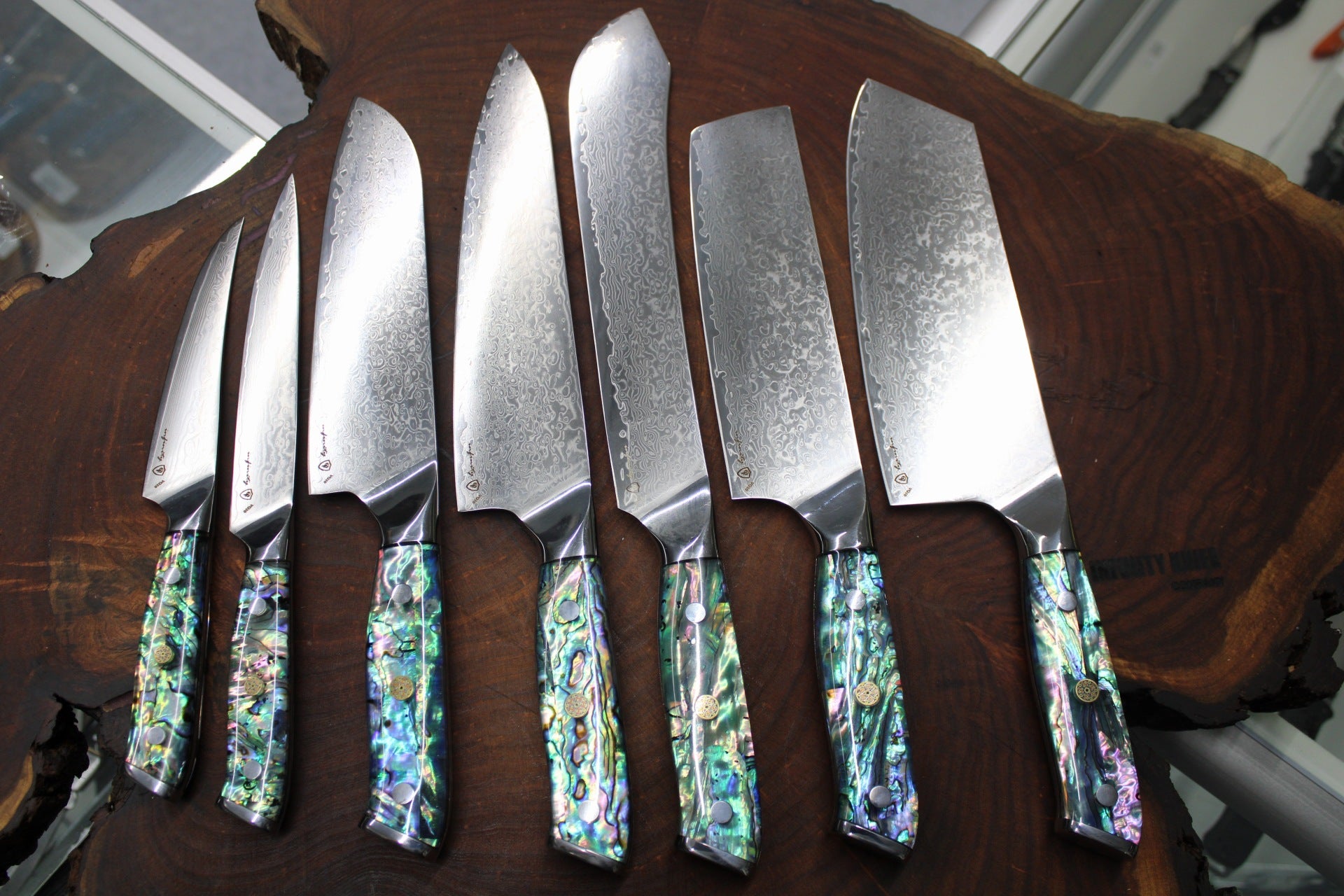 KITCHEN SETS
KITCHEN SETS CLEAVERS
CLEAVERS MINI CLEAVER
MINI CLEAVER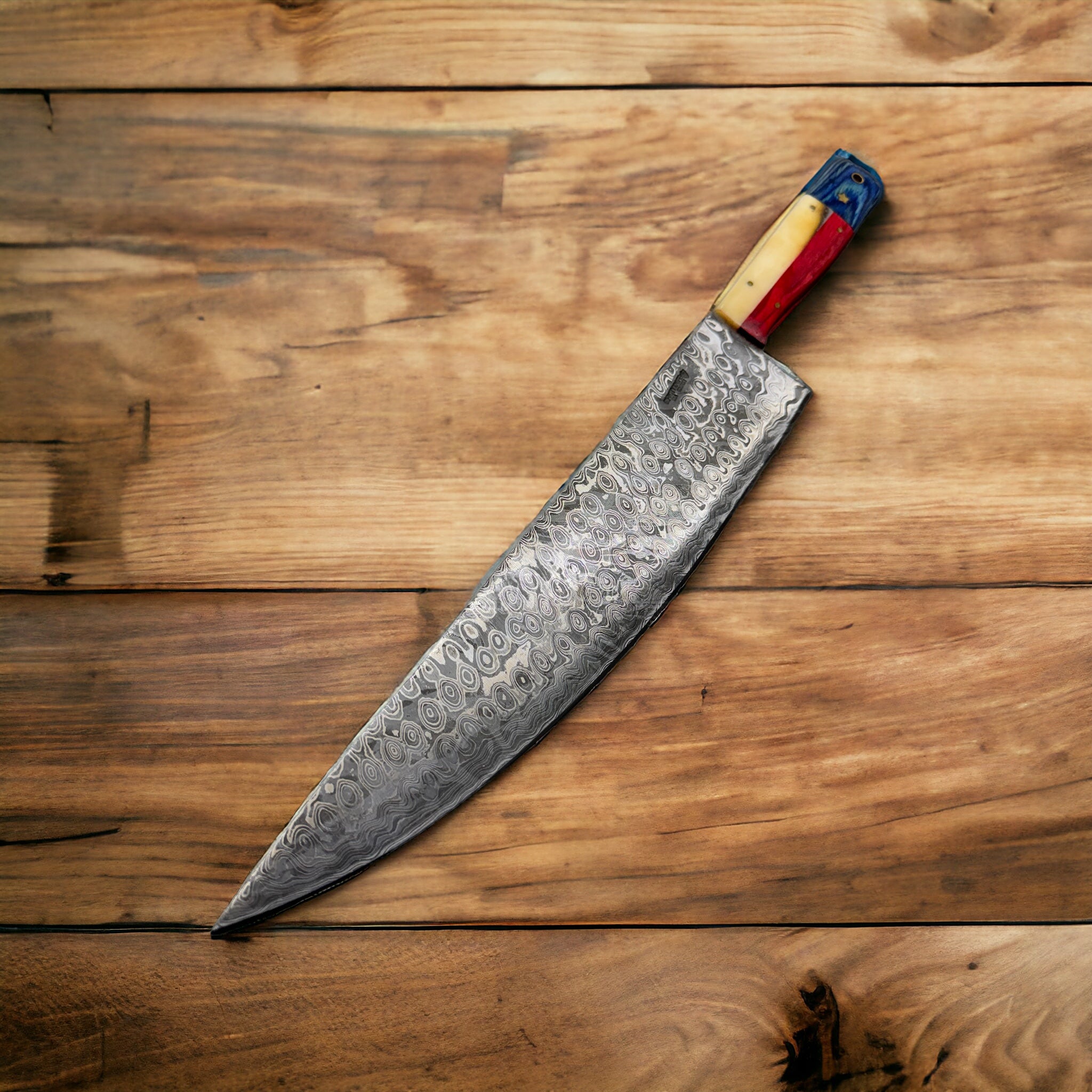 CHEF KNIFE
CHEF KNIFE FILLET KNIFE
FILLET KNIFE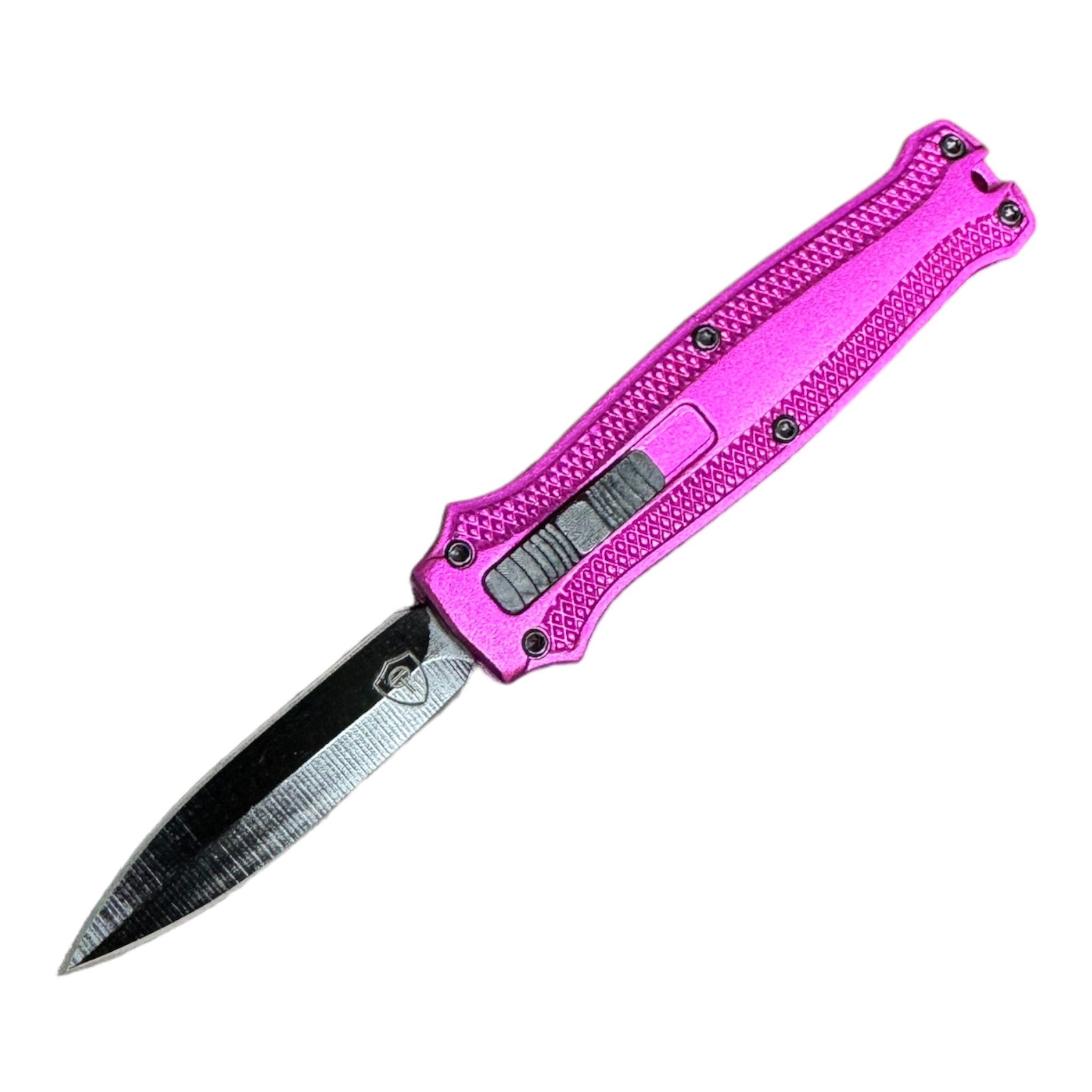 KNIVES UNDER $100
KNIVES UNDER $100 TEXAS CULINARY SET
TEXAS CULINARY SET TEXAS DAMASCUS
TEXAS DAMASCUS TEXAS D2
TEXAS D2 D2 FIXED BLADES
D2 FIXED BLADES DAMASCUS KNIVES
DAMASCUS KNIVES DAMASCUS ULU
DAMASCUS ULU LASER ENGRAVING
LASER ENGRAVING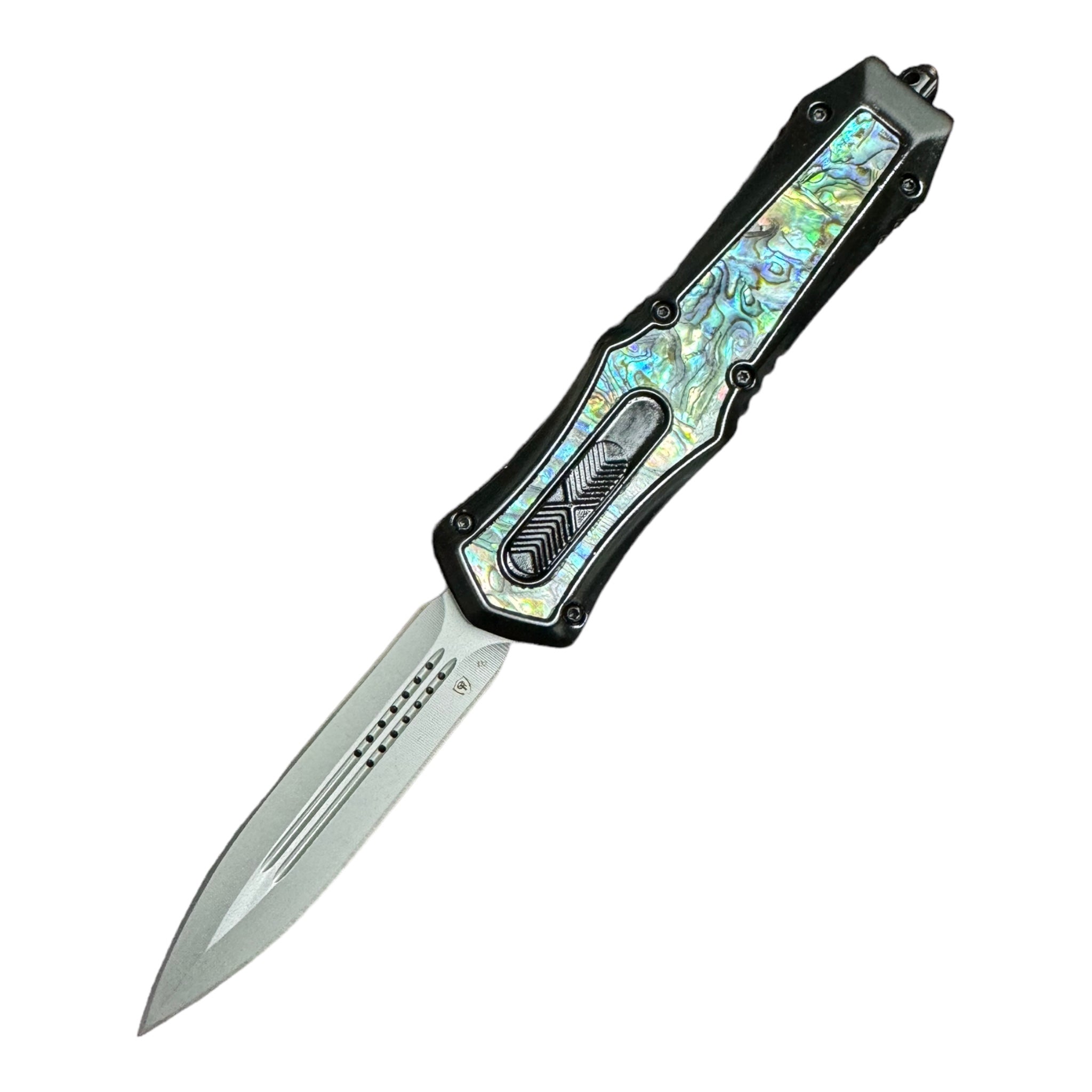 ALL TYPES KNIVES
ALL TYPES KNIVES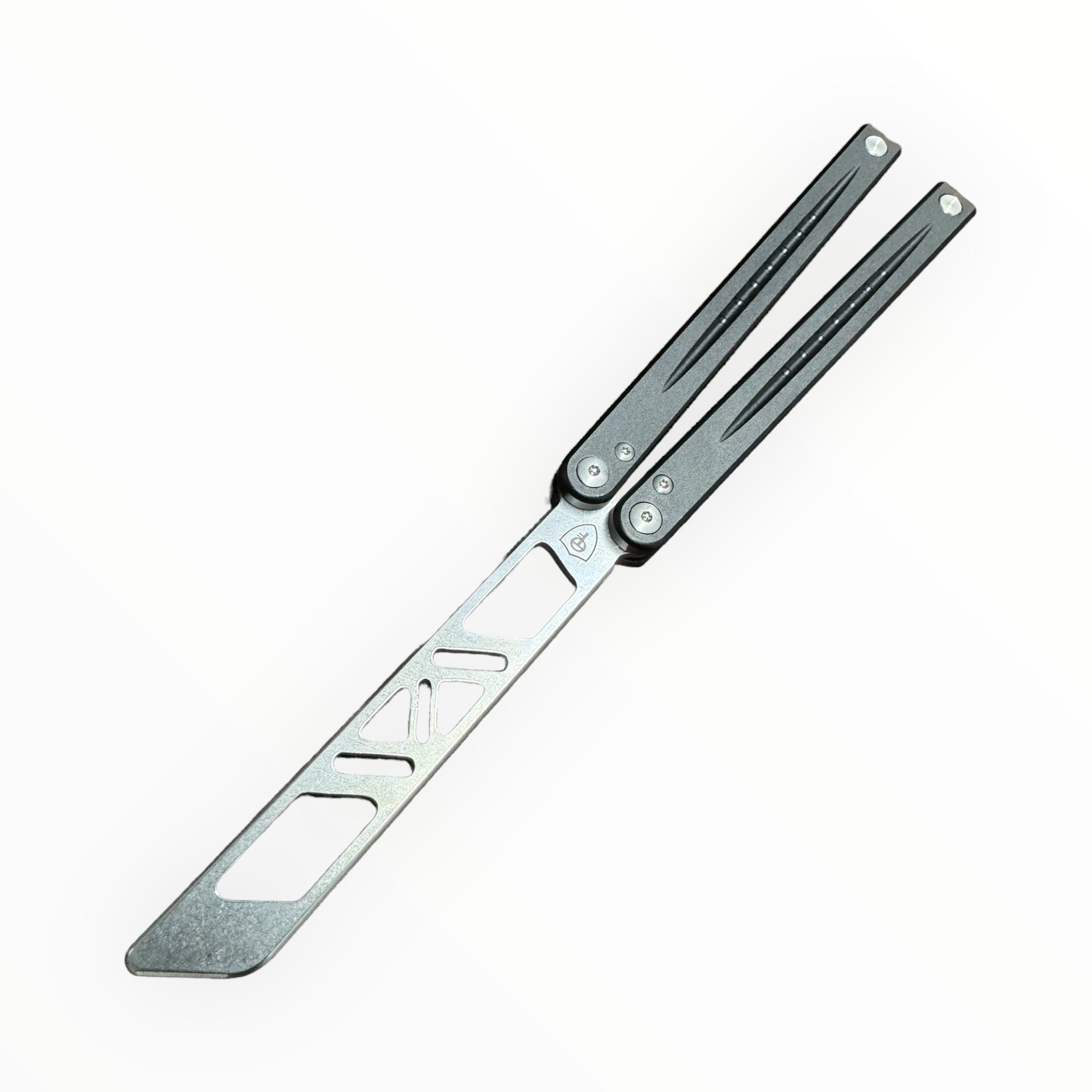 MONARCH BALISONG
MONARCH BALISONG BRISKET KNIFE D2
BRISKET KNIFE D2 DAMASCUS BRISKET KNIFE
DAMASCUS BRISKET KNIFE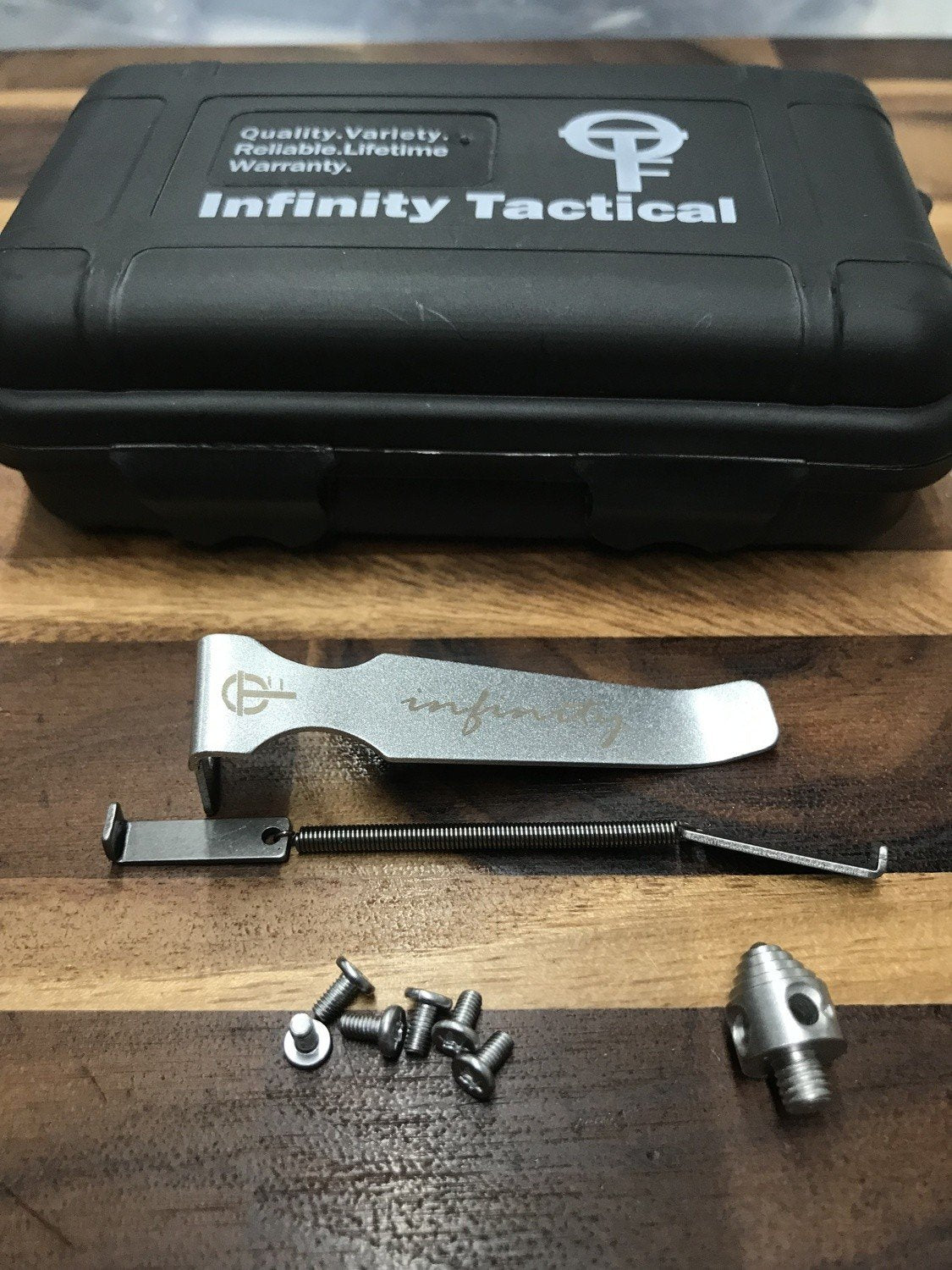 REPLACEMENT PARTS
REPLACEMENT PARTS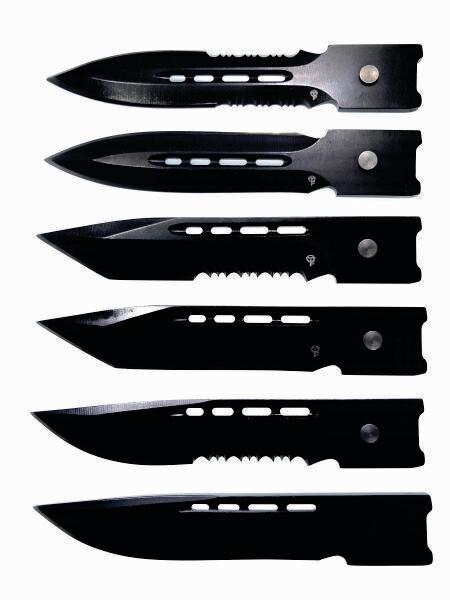 REPLACEMENT BLADES
REPLACEMENT BLADES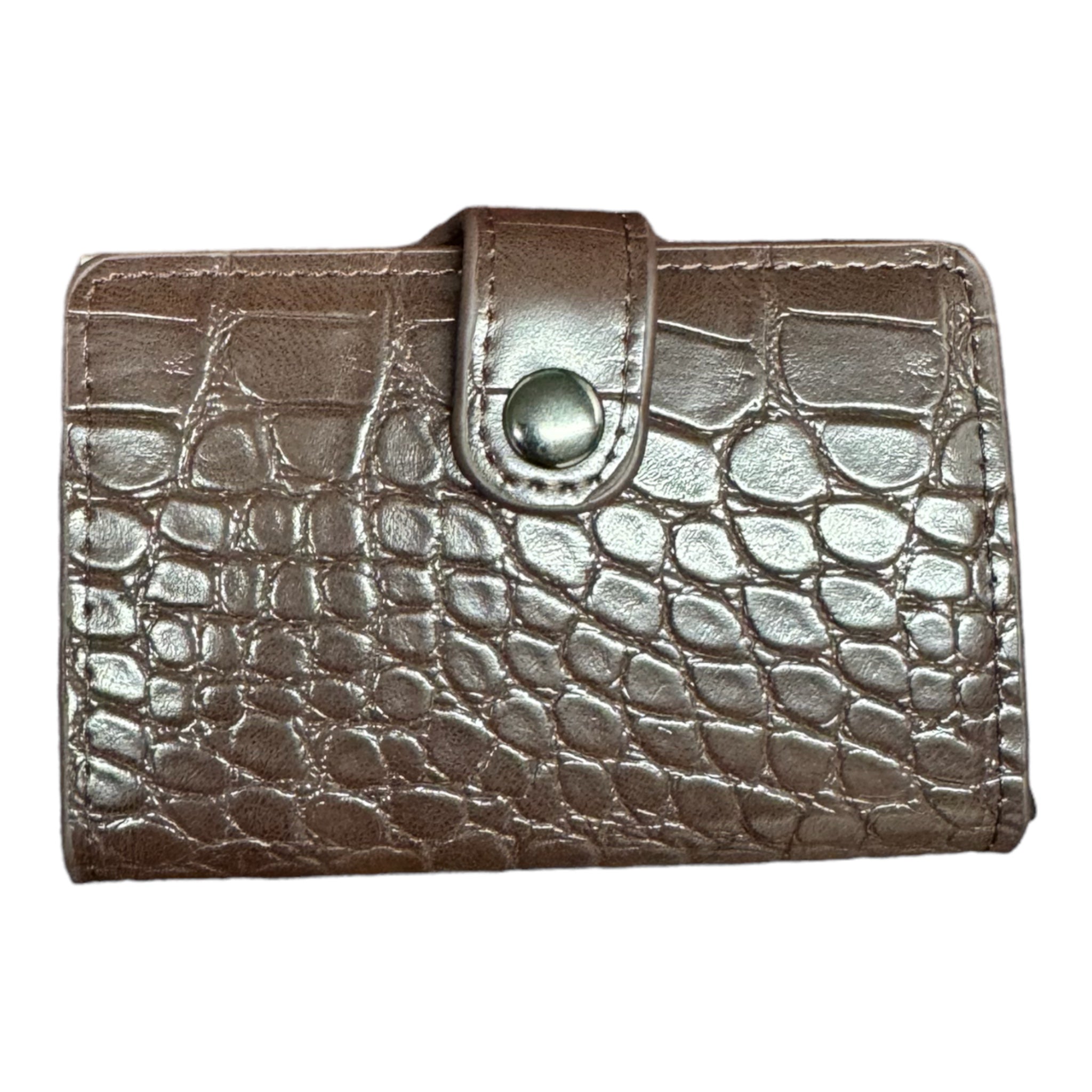 R.F.I.D. WALLET CARRIER
R.F.I.D. WALLET CARRIER RFID LEATHER WALLETS
RFID LEATHER WALLETS GATOR RFID WALLETS
GATOR RFID WALLETS